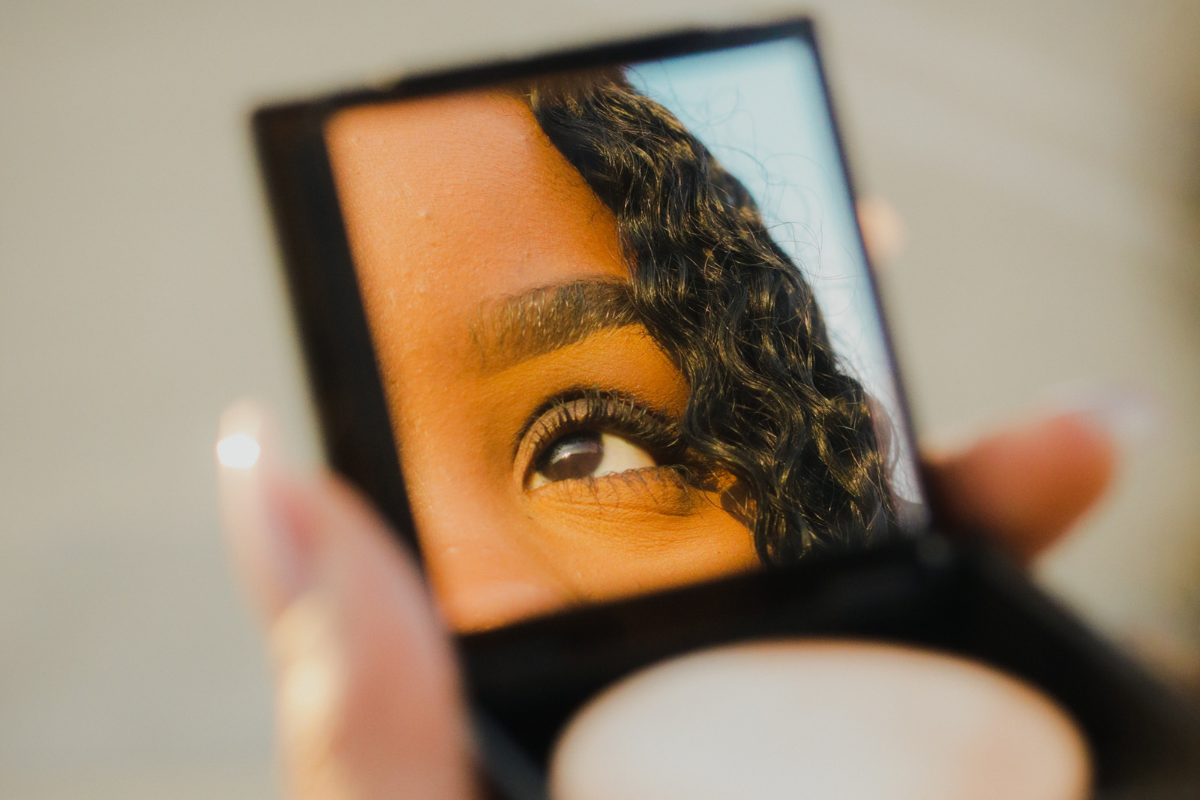How Orveon is leveraging next-gen tech to propel luxury beauty into the digital future

The luxury beauty industry is one with a rich and long history. While the use of cosmetics can be dated back to the Egyptian and Roman empires, it wasn’t until the late 19th and early 20th century that they became more widely used.
The ‘Roaring 20s’ and the popularity of glamorously made-up movie stars in the 1930s saw cosmetics reach new heights, entering the mainstream and becoming easily available in department stores. Nowadays, the estimated revenue of the global beauty and personal care market is US$579.2 billion, with expected annual market growth of 3.53 percent, according to Statista.
With this long history and success, you’d think it’d be easy for cosmetic companies to rest comfortably on their laurels, but for Carney Nir, Orveon’s Global Vice President of Global E-Commerce and Digital Experience, this is far from the case.
"The beauty space is really a category where there’s just so much innovation," Nir tells The CEO Magazine. "And I think for anyone that works in digital or ecommerce, it is a really exciting place to be because there’s so much you can do and there’s always something new to talk about."
The beauty collective, which houses three premium cosmetics brands purchased from Shiseido – Laura Mercier, bareMinerals and Buxom – was founded in 2021 with the vision of championing progress for the industry, planet and consumer. This is all in the bid to be the "future of the face".
Accelerating innovation

After four years with beauty giant Estée Lauder running the North America e-commerce division for its Aveda brand, Nir joined the Orveon team in November last year.
"This is truly the most exciting and challenging role I have been in to-date, because we are private equity backed, but we’ve also bought these three very large brands from Shiseido," she says. "We are keeping the lights on accelerating these huge businesses, but at the same time we are really building our company and our culture from the ground up."
"The culture is very much test and learn and scale what works. And I think everyone tries to do that, but the reality is in big companies it’s not always possible."
This, Nir argues, is something that the young company actually benefits from when it comes to innovation and embracing new technologies.
"I think it’s easier for companies like us because one of the challenges of working within a big beauty corporation is that they have legacy systems, they have very hierarchical structures. Everyone is trying to move and innovate, but it can be very difficult to move these kinds of big cogs," she explains.
"What really attracted me about Orveon is that we are such a lean team. We get direct feedback from our CEO every week and he really empowers the different teams to make decisions and to work quickly, to launch and to test.
"The culture is very much test and learn and scale what works. And I think everyone tries to do that, but the reality is in big companies it’s not always possible."
Embracing trial and error
Taking advantage of its position to innovate, Orveon is employing generative AI, TikTok shopping and the metaverse to usher luxury beauty retail into the digital future.
"We’ve done things like sampling activations through the metaverse and launched a virtual world for Laura Mercier late last year. The virtual world is really an amalgamation of Paris and New York, which is what the brand is all about," Nir says.
"It has been really interesting to see the way the consumers interact with it. It’s a really beautiful experience and it provides the opportunity for consumers to learn more about the brand, to try things on."
But when it comes to engaging with new technologies such as this, she says it’s all about trial and error. The initial strategy might not end up being what is most effective, and the flexibility to embrace this is vital to any company looking to be digitally innovative.
"It’s a really beautiful experience and it provides the opportunity for consumers to learn more about the brand, to try things on."
"On TikTok for example, I think some of the assumptions that we initially had about what type of content would work or who we would be appealing to were not always accurate. There is a perception that everyone on the platform is going after the gen Z audience, but we’ve seen really great success with over 55 audiences, for example," she explains.
"The type of content that works has been sometimes surprising to us. And what takes off on TikTok is so interesting, because it’s so different to what we’ve seen previously with Facebook or Instagram where you could really go after a specific audience. Here, it’s about reaching people with a content algorithm versus a social algorithm."
Nir has also found this to be the case when it comes to using generative AI, which has seen a rapid rise in popularity in recent months with the uptake of programs such as ChatGPT.
"I think we’re still at the very early stages of understanding what works and how best to use it. I think there is huge potential, but we haven’t really nutted out all of the right use cases to date," she says. "So that’s what we’re really trying to learn and conduct small tests on, so we can learn to really understand how we can best leverage AI."
The value of individualization
But even with this focus on innovation and technology, Nir is quick to point out that this does not replace the need for a personal touch within the beauty space, especially when it comes to luxury brands such as those within this collective.
"We definitely have invested in technology, and will continue to invest because it is the best way for us to reach and help consumers at scale, but we really try to balance that with that personal touch," she explains.
"We don’t want to just be wasting money on something that won’t end up creating a true connection with consumers."
"We use the technology to have that one-on-one relationship with the consumer and make it feel like it’s personal for them. We don’t want to innovate and invest in technology just for the sake of innovating.
"The core ask is, ‘How will this help our consumers at the end of the day? Do we feel that there is a use case for it?’ If so, then yes, we’ll invest, we’ll test. But if there’s not, we don’t want to just be wasting money on something that won’t end up creating a true connection with consumers."
Carney Nir will be presenting a keynote at the upcoming Online Retailer conference in Australia on 19–20 July 2023. Find out more here.